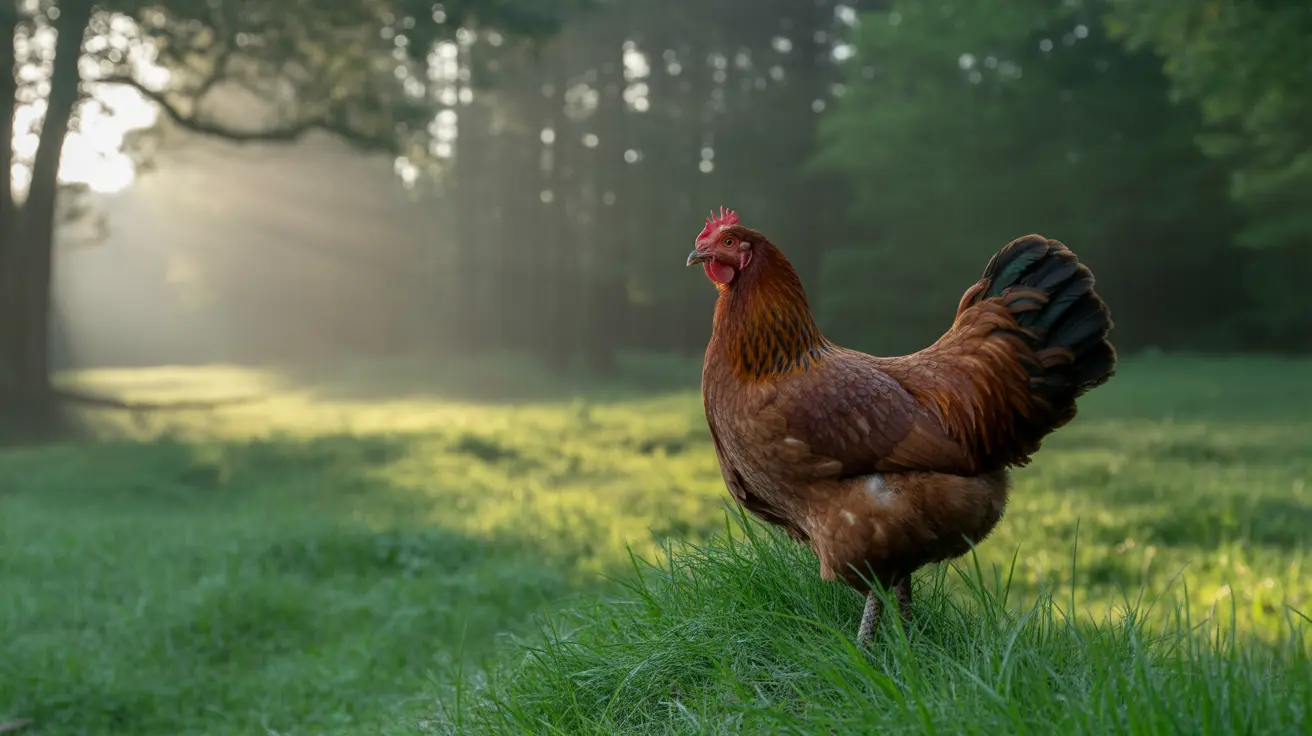Dogs have been our faithful companions for thousands of years, yet they continue to surprise us with their remarkable abilities and characteristics. From their extraordinary sensory capabilities to their unique physical traits, these beloved animals possess fascinating features that make them truly exceptional creatures.
In this comprehensive guide, we'll explore ten incredible facts about dogs that showcase their remarkable nature and help us understand why they're considered humanity's best friends.
The Extraordinary Power of a Dog's Nose
Perhaps the most remarkable feature of dogs is their incredible sense of smell, which is at least 40 times more powerful than humans'. Their noses are so sophisticated that they can breathe and smell simultaneously, thanks to a specialized nasal structure that separates these two functions.
Each dog's nose print is unique, much like human fingerprints, and the constant moisture helps them better capture scent particles from the air. This exceptional olfactory ability makes them invaluable in various roles, from search and rescue to medical detection.
Communication and Emotional Intelligence
Dogs have developed sophisticated ways to communicate with humans and other animals. While most dogs bark, some breeds like the Basenji produce unique yodel-like sounds instead. Their tail wagging isn't just a simple sign of happiness - it's a complex form of communication that can express various emotions through different positions and movements.
Physical Adaptations and Abilities
Dogs possess remarkable physical adaptations that set them apart from other animals. Many breeds have specific traits that make them excellent at certain tasks. For instance, Newfoundlands have webbed feet for swimming, while Greyhounds can maintain speeds of 35 miles per hour for extended periods.
The Science of Dog Dreams
Like humans, dogs experience REM sleep and dream about their daily activities. When you see your dog twitching or making running movements during sleep, they're likely reliving their favorite activities in their dreams.
Color Vision and Perception
Contrary to popular belief, dogs aren't completely colorblind. They can see blues and yellows distinctly, though their color spectrum is more limited than humans'. Their vision is optimized for detecting movement and seeing in low-light conditions.
Intelligence and Learning Capabilities
Dogs can understand hundreds of words and commands, with intelligence levels comparable to that of a two to three-year-old child. Their problem-solving abilities and emotional intelligence make them excellent companions and working animals.
Frequently Asked Questions
Why do dogs dream like humans, and what does their twitching during sleep mean?
Dogs experience REM sleep similar to humans, and their twitching during sleep typically indicates they're dreaming about physical activities from their daily lives, such as running or playing. This is their brain's way of processing and consolidating memories.
Can dogs really see colors, and if so, how do their color perception abilities compare to humans?
Dogs can see colors, but their spectrum is more limited than humans'. They primarily see blues and yellows, while reds and greens appear grayish. This is because dogs have only two types of cone cells in their eyes, compared to humans' three.
How far can a dog's sense of smell detect its owner, and what factors influence this ability?
Dogs can detect their owner's scent from considerable distances, sometimes up to several miles, depending on wind conditions and environmental factors. Their ability is influenced by humidity, wind direction, and the strength of the scent trail.
What are some ways to recognize if my dog is right- or left-pawed, and does it affect their behavior?
You can observe which paw your dog uses first when stepping forward, reaching for toys, or solving puzzle feeders. This preference can influence how they approach tasks and interact with their environment, similar to human handedness.
How can I train my dog to use its exceptional sense of smell for tasks like tracking or detection?
Start with simple scent games using treats or favorite toys, gradually increasing difficulty. Use positive reinforcement and consistent commands. Begin in controlled environments before progressing to more challenging outdoor scenarios.
Conclusion
These fascinating facts about dogs demonstrate why they continue to captivate and amaze us. Their unique abilities, from their extraordinary sense of smell to their emotional intelligence, make them not just pets but irreplaceable companions in our lives.






